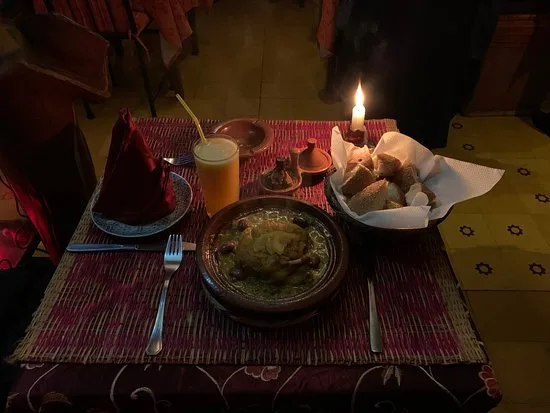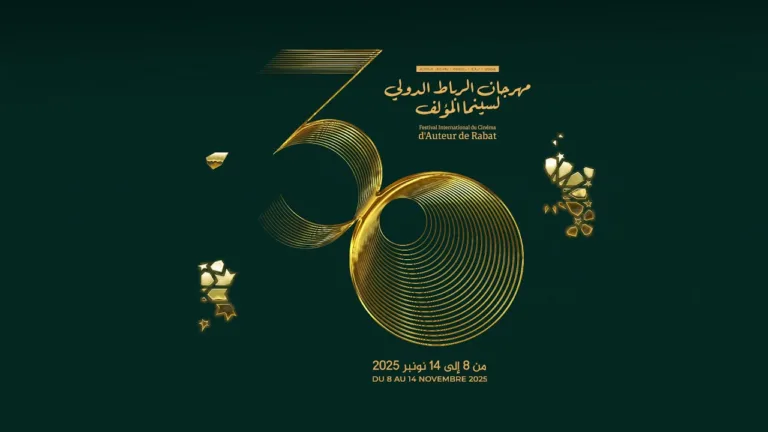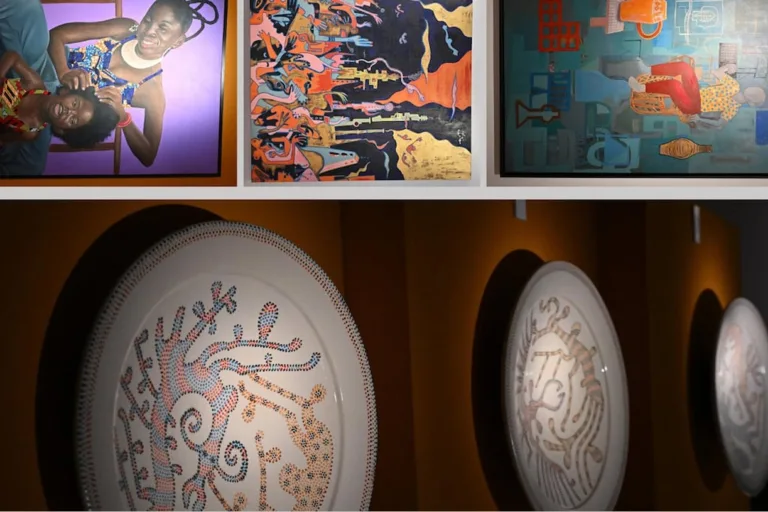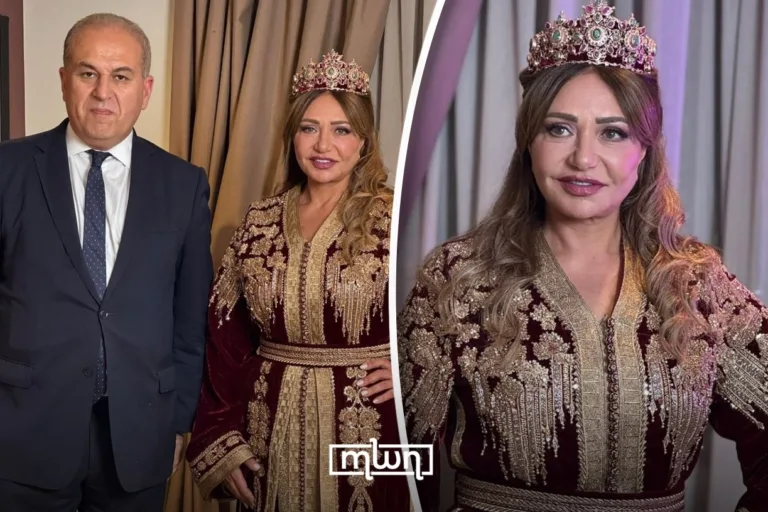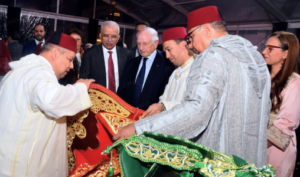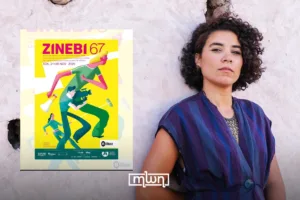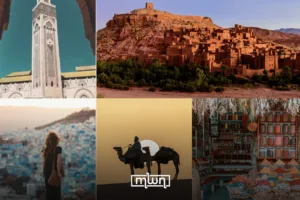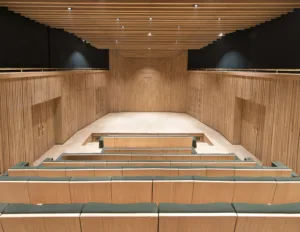Fez — Morocco has opened the third edition of “Trésors des arts traditionnels marocains” (treasures of traditional Moroccan arts), a mentorship drive that pairs master artisans with young trainees. The UNESCO-backed program seeks to safeguard endangered crafts while renewing pride in living heritage.
The ceremony, held on November 11, brought together the State Secretariat in charge of Handicrafts and the Social and Solidarity Economy and UNESCO to confirm a new cycle of training under the theme “From the ancestors’ heritage to the descendants’ creativity.”
Organizers describe the initiative as a practical bridge between intangible heritage and employability for youth across regions.
An agreement signed at the launch extends Morocco’s cooperation with UNESCO on the program through 2031, signaling long-term backing for documentation, transmission, and promotion of threatened craft traditions.
The UNESCO Maghreb office, led by Charaf Ahmimed, underscored a community-first approach that centers craft bearers in setting priorities and teaching methods.
Speaking at the event, Royal Counselor André Azoulay saluted artisans as a living embodiment of Morocco’s civilization and argued that new tools, including artificial intelligence and digital platforms, can enrich rather than replace craft practice.
State Secretary Lahcen Essaadi highlighted the sector’s weight in jobs and identity, noting that handicrafts involve about 2.7 million practitioners nationwide and remain a driver of social development.
This year’s edition builds on earlier results. Across the first two cohorts in 2023 and 2024, 17 master artisans trained 157 young people during nine-month apprenticeships that combined technique, design, and entrepreneurship.
Authorities say the new intake will widen the range of métiers and strengthen pathways into cooperatives and certified production.
Program materials describe a three-part focus. First comes documentation, which records skills and vocabularies unique to each craft.
Second is transmission, delivered through master-apprentice training inside workshops and schools.
Third is promotion, which connects artisans to markets and helps valorize the “Made in Morocco” label as a mark of quality and origin.
Partners also placed a spotlight on the Saharan heritage embedded in weaving, leather, jewelry, and tent-making traditions, describing it as a pillar of Morocco’s cultural diversity.
By combining high-patronage visibility with hands-on teaching, the program aims to keep rare skills in circulation while creating viable work for a new generation.
The “Treasures” initiative was first set up through a 2022 cooperation framework with UNESCO and has since evolved into a national platform for identifying master craftspeople, funding long apprenticeships, and celebrating excellence.
With the 2031 horizon now in place, Rabat’s third edition signals a sustained bet on crafts as both heritage and livelihood.



